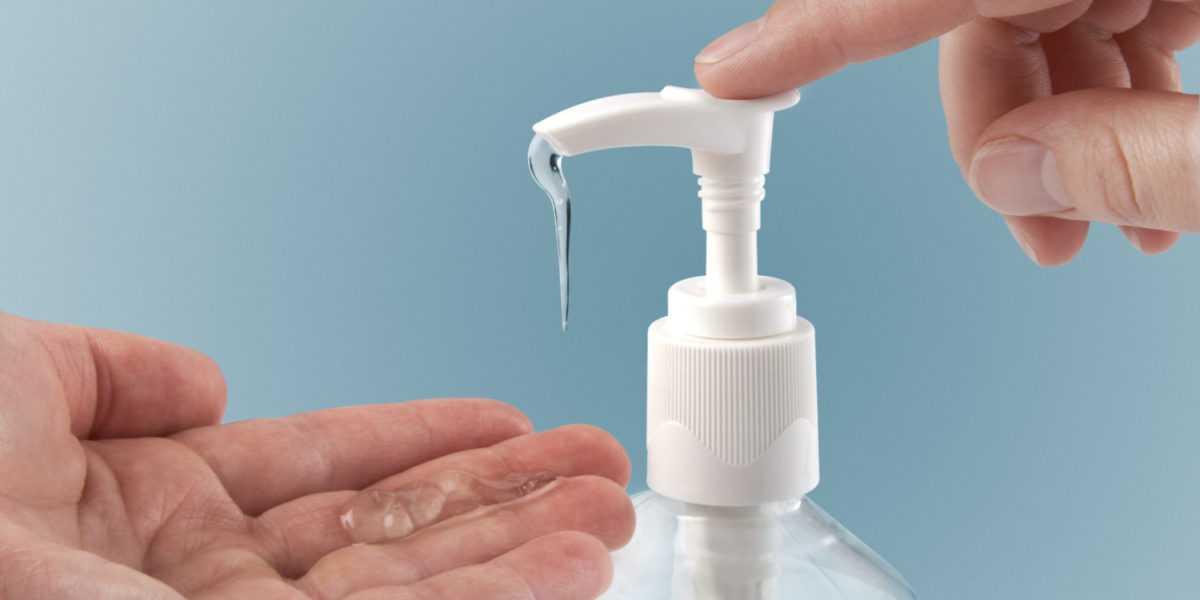Antiseptics: Disinfecting Agents That Prevent Infection

The use of antiseptic agents has revolutionized the field of medicine and greatly reduced the risk of infection. Antiseptics play a vital role in maintaining sterility and hindering the growth and spread of microorganisms like bacteria, viruses, and fungi. In this article, we examine the various types of antiseptics used, their mechanisms of action, applications in healthcare and beyond.
What are Antiseptics?
Antiseptics are antimicrobial substances that are applied to living tissue/skin to reduce the possibility of infection. They are distinct from disinfectants which are used on non-living surfaces. Common antiseptics include alcohol, iodine, chlorhexidine, benzalkonium chloride, triclosan, hydrogen peroxide etc. These agents halt or slow down the growth of microbes, but do not necessarily kill them.
Mechanism of Action
Different antiseptics have varying antimicrobial mechanisms:
- Alcohol denatures proteins and destroys the structure/membrane of microbes.
- Iodine penetrates the cell and interacts with enzyme systems to disrupt normal functions.
- Chlorhexidine alters the bacterial cell membrane resulting in leakage of intracellular components.
- Triclosan inhibits the fatty acid synthesis of bacterial cell walls.
Applications in Healthcare
Antiseptics are indispensable for ensuring sterility in clinical settings. Some key uses are:
- Prepping the skin prior to injections/surgeries/dressings to reduce infection risk at the site. Alcohol, iodine, chlorhexidine are commonly used.
- Soaking medical equipment, surfaces and hospital rooms as a disinfectant. Hypochlorite, peracetic acid, hydrogen peroxide solutions serve this purpose.
- Mouthwashes containing cetylpyridinium chloride or essential oils to control dental plaque and gingivitis.
- Antiseptic wound washes, creams and ointments like povidone-iodine, honey promote healing and prevent wound infections.
Role in Personal Hygiene
Antiseptics are integral to individual hygiene practices preventing spread of microbes:
- Soaps/body washes with triclosan or other antimicrobials cleanse the skin and underarm bacteria.
- Antibacterial hand sanitizers based on alcohol, benzalkonium chloride are effective against germs when water is unavailable.
- Antiseptic mouthwashes with cetylpyridinium chloride curb bad breath and reduce oral microbial load.
- Topical antifungal creams containing miconazole or clotrimazole treat common infections like ringworm.
Consumer Products Industry
In household and industrial cleaning products, popular antiseptic agents used are:
- Alcohol in glass cleaners, disinfecting wipes
- Hydrogen peroxide in hard surface cleaners
- Quaternary ammonium compounds in disinfecting sprays
- Hypochlorous acid in laundry sanitizers
This ensures surfaces in homes, offices, restaurants etc. remain sterile and pathogen-free.
Drawbacks and safe usage
While antiseptics serve a critical need, some drawbacks must be considered:
- Overuse can lead to development of bacterial resistance over time.
- Strong agents like iodine and chlorhexidine may cause irritation or allergic reactions in sensitive individuals.
- Ingestion of antiseptic substances can result in poisoning. Approved concentrations and contact times must be followed.
- Many antiseptics are not sporicidal and do not kill bacterial spores or viruses like clostridium difficile.
Proper selection based on intended usage and safety precautions can maximize benefits and prevent issues.
In summary, antiseptics have made a tremendous positive impact in fields like medicine, personal care and industry by hindering microbial growth. Ongoing research will yield newer antiseptic agents that are fast-acting, wide-spectrum and low risk. When applied judiciously according to guidelines, they can protect public health by averting epidemics and reducing healthcare costs due to infectious diseases.
Get more insights on Antiseptic
- Art
- Causes
- Crafts
- Dance
- Drinks
- Film
- Fitness
- Food
- Games
- Gardening
- Health
- Home
- Literature
- Music
- Networking
- Other
- Party
- Religion
- Shopping
- Sports
- Theater
- Wellness
- IT, Cloud, Software and Technology


